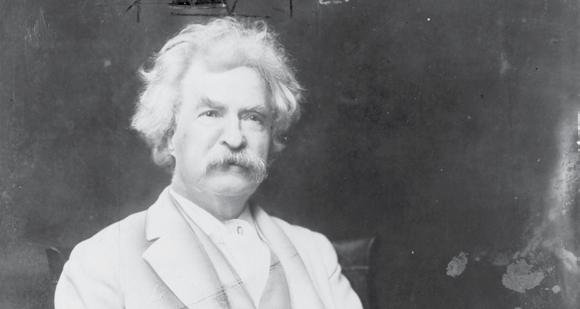
4 minute read
HISTORY OF CA CANNABIS
from May 2020 — California Leaf
by Northwest Leaf / Oregon Leaf / Alaska Leaf / Maryland Leaf / California Leaf / Northeast Leaf
DEEP ROOTS STRONG STALKS California has always
walked its own path - and the world has often followed. The Wild West, the Gold Rush, the Golden Era of Hollywood - and, for the past 100 years and beyond, the Cannabis movement. Let’s take a moment to look back at California’s rich history and the state’s significant impact on Cannabis globally.
1865 1913
Samuel Clemens, AKA Mark Twain, was “seen walking up Clay
Street under the influence” of hashish, according to a report in The San Francisco Dramatic Chronicle, now known as The Chronicle. At this stage, Cannabis-based tinctures and edibles were becoming a sort of curiosity among the artistic community in the U.S. - particularly in California. THE HISTORY of CANNABIS i n CALIFORNIA *
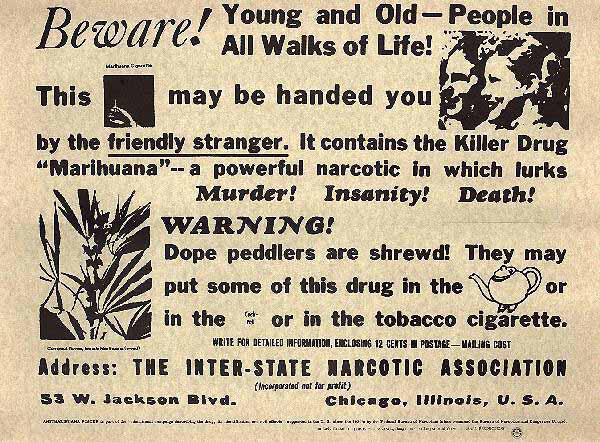
Cannabis is added to the list of banned substances in California’s
Poison and Pharmacy Act, which required prescriptions for the purchase of a number of substances, including cocaine and opiates.
1914
The first major event in a drawn-out assault on Cannabis occurs when two dozen ‘Indian hemp’ plants are cut down and seized in the Sonoratown barrio of Los Angeles, according to a report by the L.A. Times. According to the report, “The toxic effect of the plant’s use sometimes induces mental exileration (sic) but at other times incides (sic) to murder.” The cost per ounce at the time? $1.
1937

The Marihuana Tax Act launched Cannabis prohibition in the United States.
1967
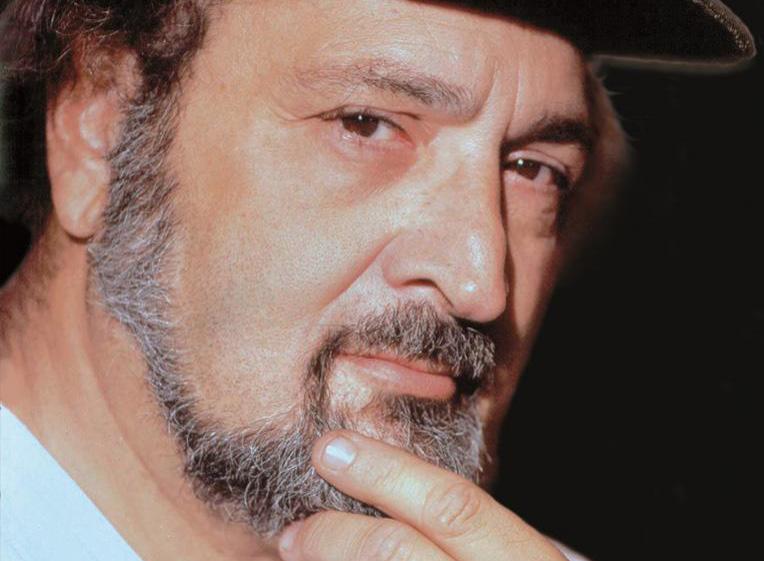
Jack Herer moves from New York to Los Angeles, where he experiences Cannabis for the first time. Jack would go on to become one of the most recognizable figures in Cannabis, inspiring people all over the world into advocacy with his 1985 book, “The Emperor Wears No Clothes.”
1969
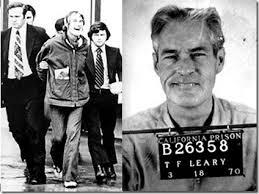
Dr. Timothy Leary challenges the Marihuana Tax Act, leading to the revocation of the law by the U.S. Supreme Court.
70-71
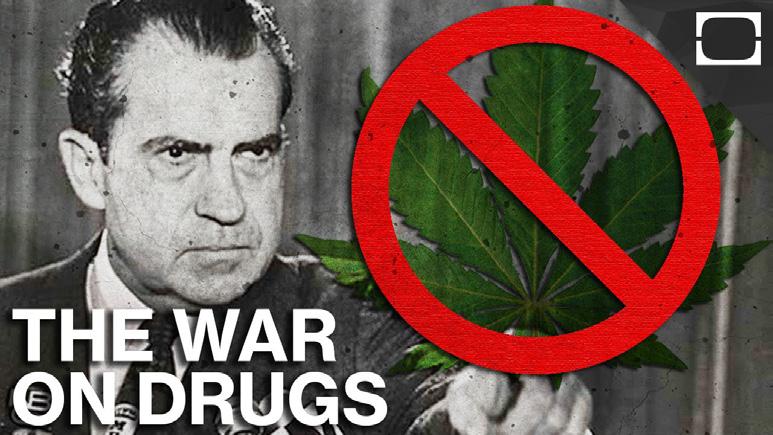
President Nixon’s Controlled Substances Act and Comprehensive
Drug Abuse Prevention and Control Act declare an aggressive “War on Drugs,” filling the prison industry with non-violent drug offenders in California and across the United States.
1975

San Francisco mayor-to-be George Moscone proposes Senate Bill 95 (later dubbed the Moscone Act), which decriminalized the possession of less than an ounce of Cannabis for personal use, cutting a path toward legalization and saving hundreds of millions of taxpayer law enforcement dollars by reclassifying thousands of criminals as innocently stoned citizens. Moscone was assassinated in 1978 by a disgruntled former member of the city’s Board of Supervisors, Dan White, who also was a former officer with the San Francisco Police Department.
2003-2004
California SB-420 implemented, adding further detail and protections related to Proposition 215. The bill included language protecting medical Cannabis cultivators from prosecution for transportation of medical Cannabis, and, most notably, language allowing for the establishment of medical Cannabis cultivation collectives - significantly increasing the scale to which farmers could grow their operations.
1972

California attempts to independently legalize Cannabis with Proposition 19, but 66.5% of votes came in against the measure.
1985
California-based Cannabis
cultivator Ed Rosethal publishes the “Marijuana Grower’s Handbook,” cementing his legacy as ‘The Guru of Ganja.’ He continues to advocate for Cannabis cultivation to this day.
2005 Oakland begins to regulate and tax the sale of adult use Cannabis for medical patients via dispensaries and clubs via the passage of Measure Z.
1996
California passes Proposition 215,
allowing for the legal cultivation of Cannabis for medical purposes by licensed patients and caregivers. This triggers a significant rise in the availability of medicine for Cannabis patients, and kickstarts the national legalization movement.

2014
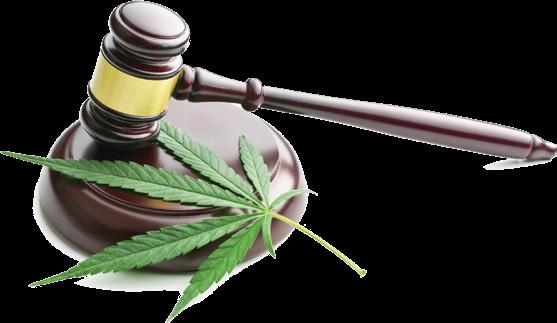
The U.S. House of Representatives passes
the Rohrbacher-Farr amendment, barring the U.S. Justice Department from allocating funds to hinder state medical Cannabis efforts. It was championed by California Representative Dana Rohrbacher. The legislation was a huge step forward for the legal Cannabis movement, though the legislation needs to be renewed annually.
2016
California passes
Proposition 64, which legalizes the cultivation, distribution and possession of Cannabis for recreational adult use.
2018

The first legal sales of recreational-use Cannabis occur in California in January 2018.
2020
Two years after legalization,
legal Cannabis sales revenues reached a staggering $1 billion in March 2020.










